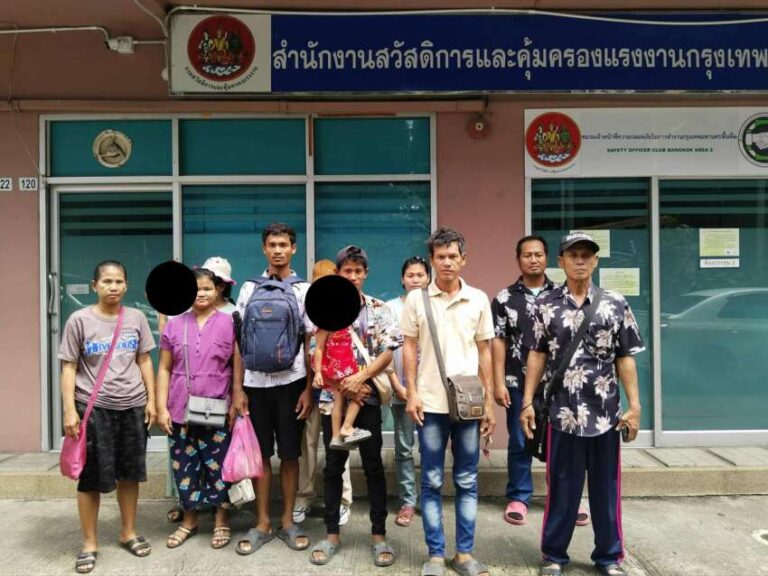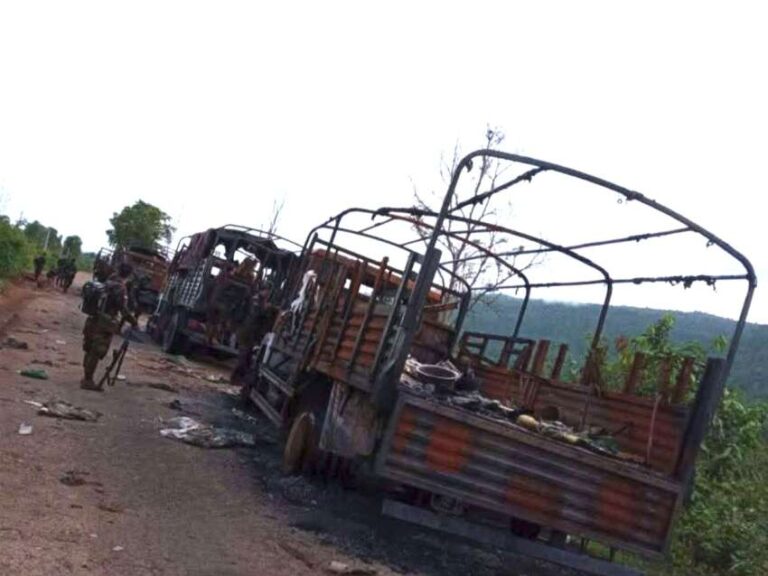
Labor activists report that the military council has issued a directive to collect detailed information about workers covered by social security benefits across the country. According to instructions from the Social Security Board headquarters in Naypyidaw, offices must record workers’ names, addresses, and worker registration numbers, along with precise Google Map locations of their residences during May.
Currently, personal information of workers in urban areas is being systematically recorded monthly, and these records are intended to be used for the National Military Service System. There is particular emphasis on collecting data for male workers aged 18 to 35 years, with preparations being made to potentially call them up for military service if needed, according to a labor activist. The military council has repeatedly requested lists of workers from industrial zones in Yangon Region, and workers face the risk of being conscripted during their commutes to and from work.
A factory manager from Shwe Lin Ban Industrial Zone reported that some workers have been detained during guest registration checks at their dormitories and conscripted into military service. As a result, there is now a shortage of male workers in industrial zones, leading factories to primarily employ female workers. The situation has become so severe that the Union of Myanmar Federation of Chambers of Commerce and Industry (UMFCCI) and other business owners have appealed to the military council to reduce conscription efforts to address the domestic labor shortage.
Despite these appeals from the business sector, the military council continues to intensify its systematic collection of workers’ personal information. The directive requires detailed documentation including not only basic personal information but also precise geographical locations through Google Maps, raising concerns among workers and labor rights activists about the military’s intentions. This systematic data collection appears to be part of a broader strategy to maintain control over the workforce while simultaneously addressing the military’s personnel needs through forced conscription.



